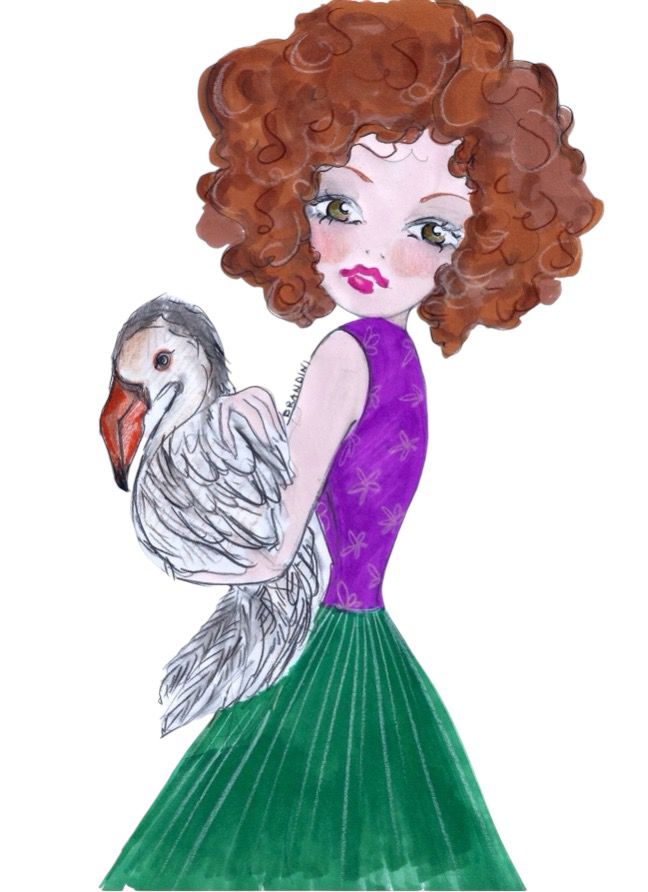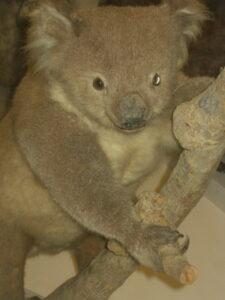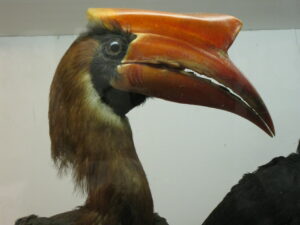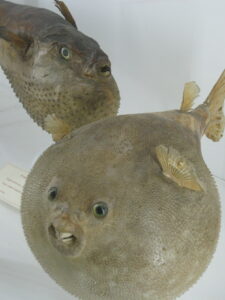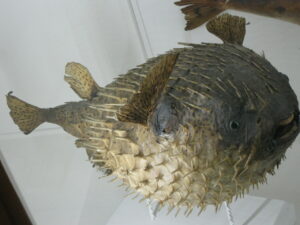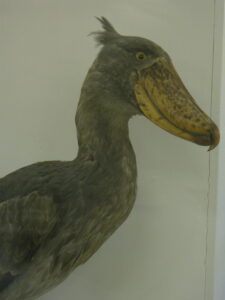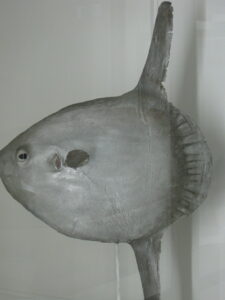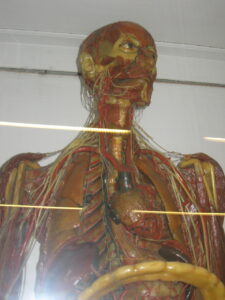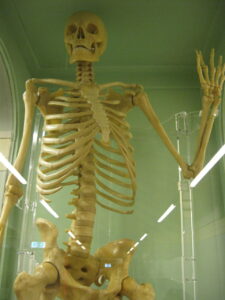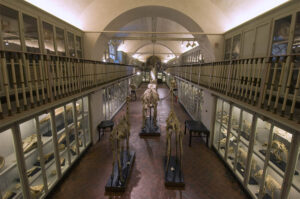“Naturina” by Beatrice Brandini
A magnificent specimen of the toucan family
It took more than four years but finally on February 22nd one of the museums most loved by Florentines and tourists from all over the world reopens, an ancient museum, inaugurated almost 250 years ago, the Museo delle Specola.
Lion at the Specola Museum
Butterfly collection at the Specola Museum
It was a long redevelopment project which led to an expansion of the exhibition area, the restoration of some works and the display of others never presented until today, which had remained in warehouses for years. The two completely new wings of the museum are dedicated to mineralogy and wax modeling with some extraordinary botanical waxes.
Koala at the Specola Museum
Another example of the toucan family
The Specola Museum was founded on 21 February 1775 on the initiative of Grand Duke Pietro Leopoldo, as a scientific museum, with the wonderful aim of illustrating the beauty of nature in its totality and completeness, from the Earth to the Sky, to the human being.
Specimens of puffer fish
Porcupine fish
In addition to the wax models (the largest collection of eighteenth-century anatomical wax models in the world), the itinerary of this museum winds through a vast zoological collection (over three and a half million specimens, of which 500 are visible to the public); the Hall of Skeletons (osteological collection, with 3,000 finds, one of the largest in Italy); Galileo’s Tribune (an example of neoclassical architecture, built in 1841, with objects belonging to the famous scientist); the astronomical tower from the end of the eighteenth century, an astronomical observatory, and finally the Mineraliter installation. Wonderful stones between Medici and Nature, a selection of worked stones that belonged to the Medici family.
Shoebill bird
Moonfish
Already in the second half of the eighteenth century, master wax modellers worked in wax to reproduce whole figures, anatomical parts and other models starting from a plaster cast. It was a very delicate and artistic work as once the wax was melted, the dyes and gold dust were added to obtain colors as realistic as possible to the human anatomy. The objective, well ahead of its time, was to illustrate the anatomy of the body, providing a didactic-scientific basis, without having to use cadavers.
Anatomical human body wax
Skeleton
I went there when I was little and then I took my son there, both times remaining speechless; I, who don’t even particularly love science and certain “exotic” animals (I’m really terrified), here I admired beautiful and sensational things (yes, this is the most suitable term), which I had never seen even in films (Night at the Museum, docet). I therefore recommend everyone visit it at least once, and it probably won’t be enough.
Overview of a room in the Specola Museum in Florence
Have a good life everyone!
Beatrice


